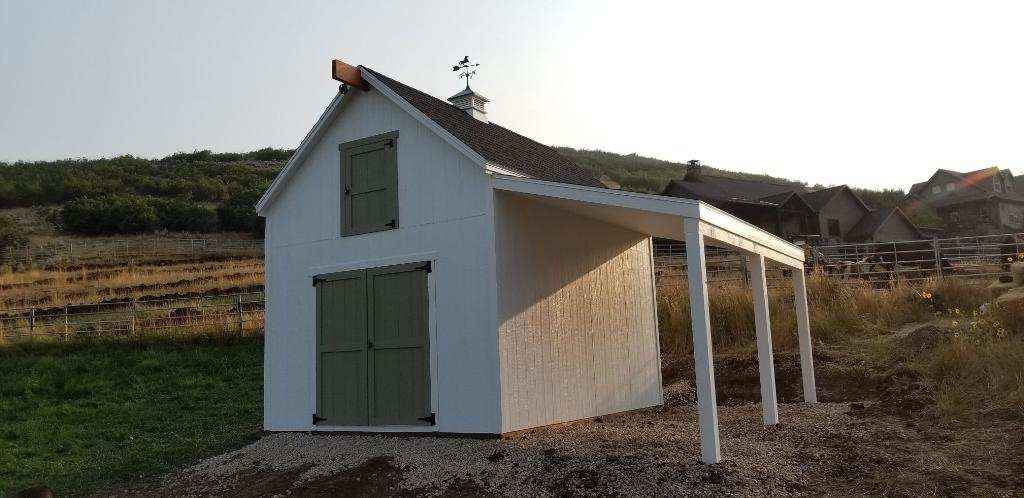The pole barn method is a bit different than the other building methods that you may have already been familiar with, in the sense that the structure isn’t constructed with a traditional foundation. In such a case, a series of poles are placed into the ground at specific locations to create the main foundation.
It may seem like a very straightforward process, but before you can even begin to hammer in your first nail, there are a few things that you must first consider about this specific method. Below are just a few questions that you may ask along the way.
1. Is My Property Suitable for a Pole Barn?
Although you would think that any property could handle the pole barn method, that isn’t exactly the case. The main purpose of a pole barn is for construction on uneven or sloped terrain. It is highly recommended that you contact a local building contractor who can help you assess your property and determine if it is suitable for a pole barn.
2. How Much Space Do I Need?
You will have to consider the purpose of your pole barn and the intended use of the building prior to your construction. If you’re trying to create a workshop or something similar, you will likely have to have a building that is all enclosed. On the other hand, if you’re trying to create a structure for storage purposes, you’ll have to determine how much space you need and how much you’ll need to be able to access regularly.
3. What Will the Poles Be Made Of?
The next thing that you will want to consider is the type of poles you will be using for your barn. There are two main types of materials that are used for poles: wood and metal. While wood is the most common material, such a base is likely not as reliable. Metal is more likely to endure harsh weather conditions, and it will likely last for many years to come.
4. What Type of Roof Will the Barn Have?
Depending on the type of pole barn you are constructing, you may need to consider the type of roof you will be using. For example, if you are looking to use the pole barn to store hay bales or any other crop type, you may want to opt for a gabled roof that can easily handle long items. Gabled roofs are also very easy to create and can be done quickly and with minimal effort. For pole barns that are designed for other uses, you will likely want to consider a more flexible roofing material.
5. How Will the Poles Be Placed?
Placing the poles will likely be the most critical aspect of your entire construction. You don’t want to just hammer the poles in as fast as possible and hope that they will hold up. Rather, they must be placed in the right pattern and at the right angle. You will want to contact a building contractor to discuss the right pattern and angle to use for your pole barn.
6. Will the Roof Be Attached to the Poles?
Depending on the type of barn you are constructing, you may want the roof attached to the poles, or you may simply leave it unattached. For example, if you are building a traditional barn, you will likely want the roof to be secured to the poles. However, if you are constructing an open-air structure such as a workshop, you may want to consider leaving the roof unattached to the structure itself.
Conclusion
Overall, once you have addressed these questions and more, you can begin to move forward with your construction. Depending on the size of your structure and the amount of work you are looking to put into it, the pole barn method can provide you with a sturdy structure that you can trust for years to come.
Keep our questions in mind, and you will never have to deal with unforeseen hassles in the foreseeable future.
If you are looking for a company that specializes in pole barns, look no further than our expertise here at Wright’s Shed Co. We are leading the way in custom shed building, and with 20 years of industry experience, we continue to focus on our mission to build great quality structures that last for years. Call us today and let us discuss about your dream barn design.

